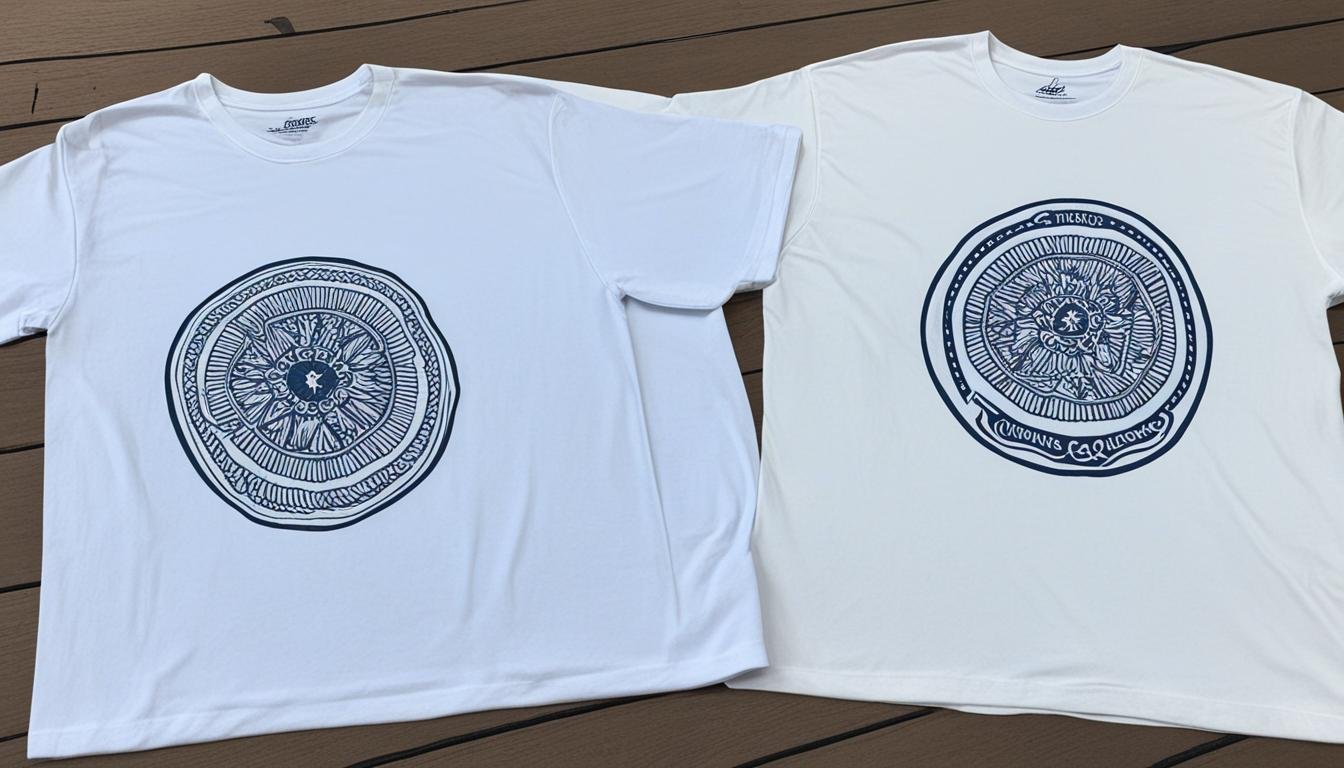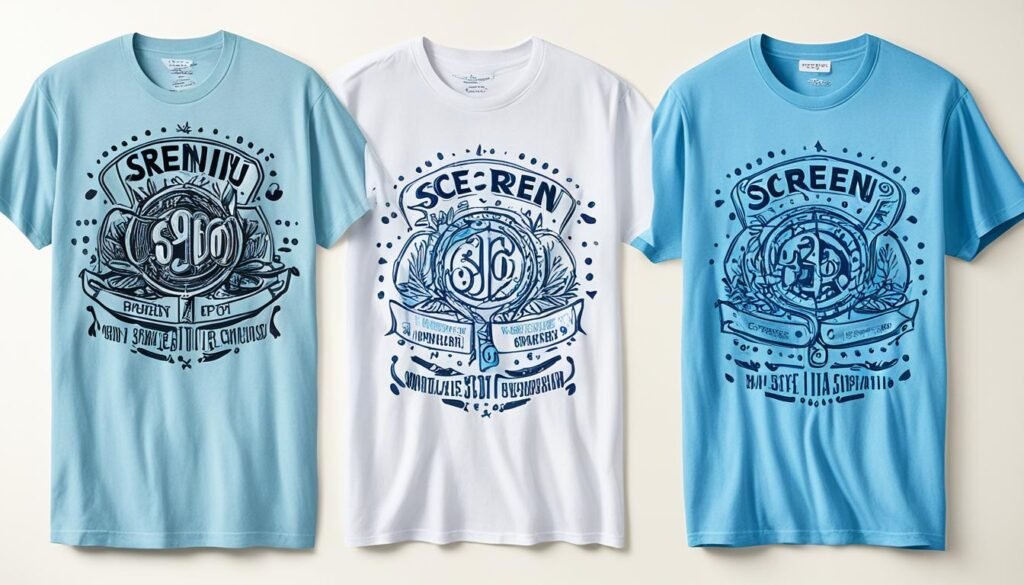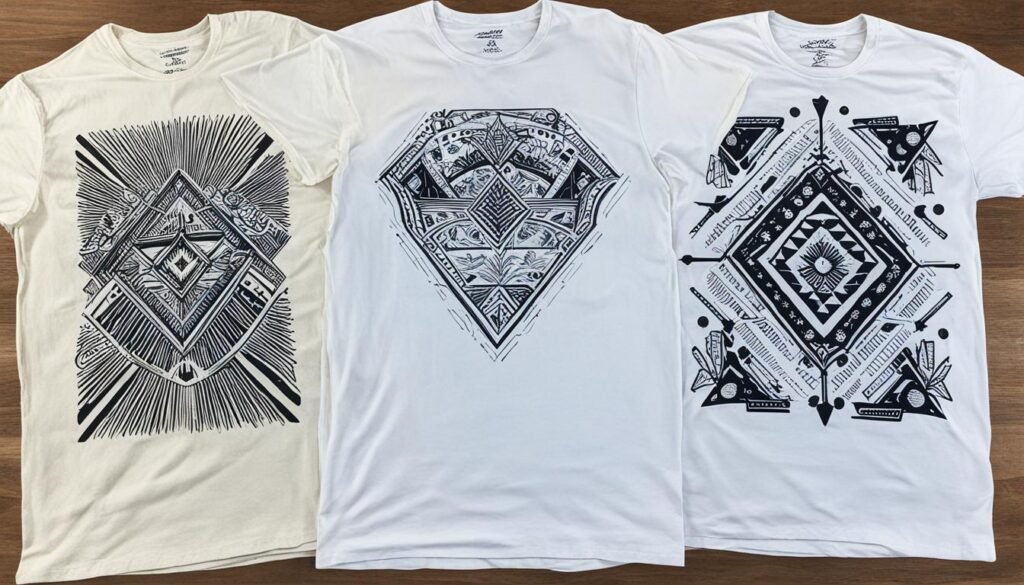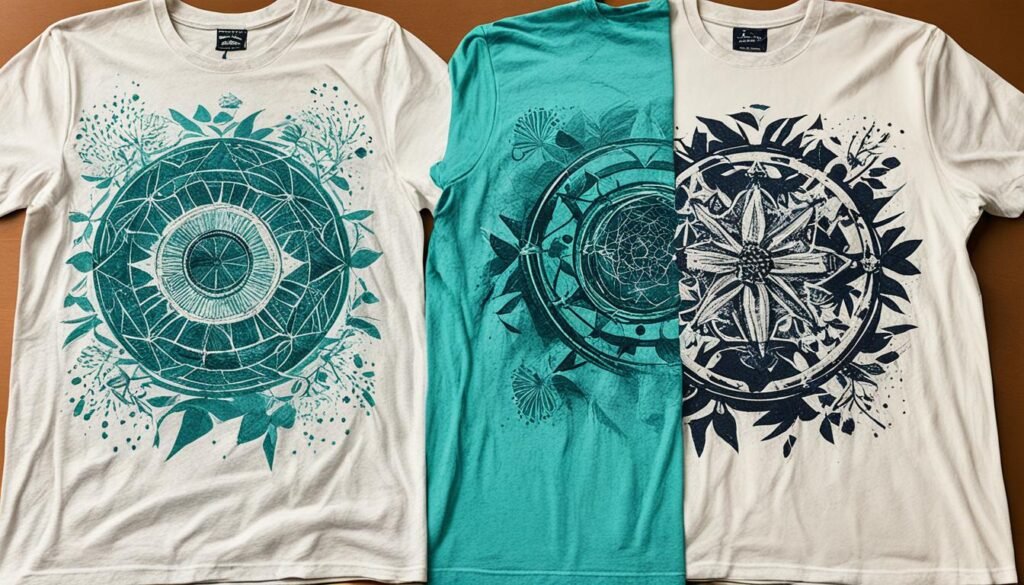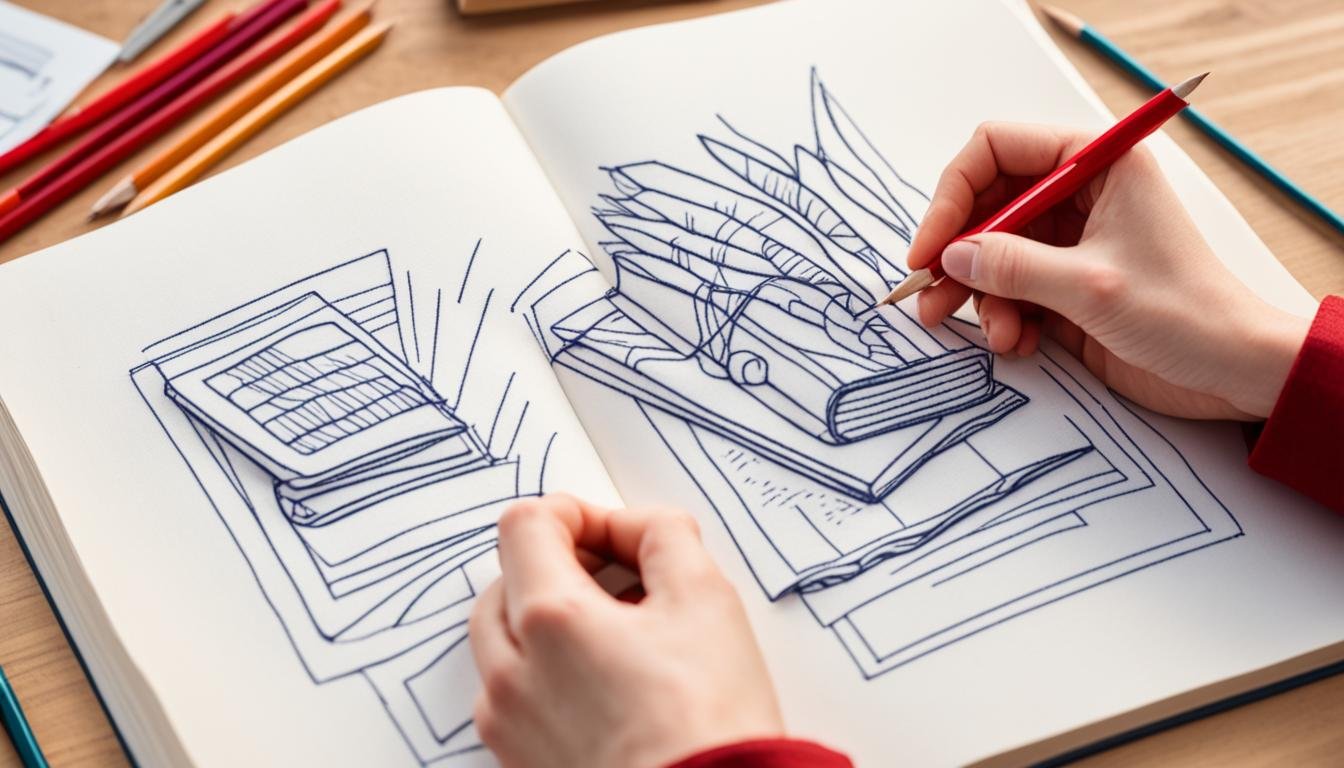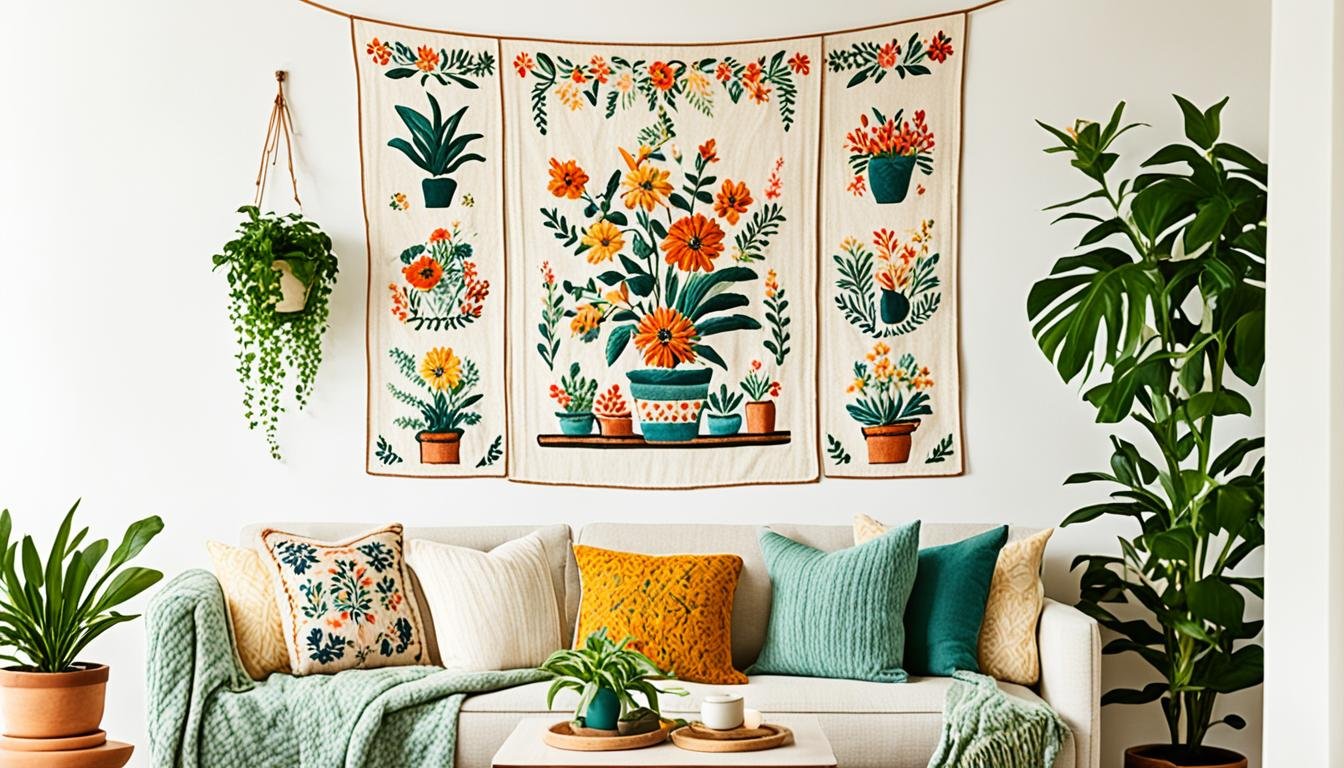Do you have trouble deciding between screen printing and embroidery for your clothes? It can be hard to pick the cheaper option with many things to think about.
Embroidery usually costs more ($6-8 extra per piece) because of labor and setup costs. Screen printing might be the cheaper choice, especially for big orders.
In this article, we will explore “Screen Printing or Embroidery” which option is better for your budget, looking at screen printing and embroidery costs in detail.
Table of Contents
ToggleKey Takeaways
- Screen printing is more cost-effective for large orders.
- Embroidery typically costs $6-8 more per item but offers more durability.
- Screen printing provides greater detail and captures small text better.
- Embroidery is perceived as more professional, making it a top choice for corporate clothing.
- The choice between methods should consider garment type and intended usage.
Understanding Screen Printing and Embroidary
Customizing apparel is easy with screen printing and embroidery. They have their own special advantages. You must know the difference between them to choose wisely based on your preferences and budget.
What is Screen Printing?
In screen printing, ink is forced through a mesh screen onto cloth to make a design. This way is great and cheap for many items.
It’s perfect for things like giveaways, uniforms, and items to sell. Setting up screen printing needs a screen for every color used.
This can cost a lot, especially if your design has many colors. But, for big orders, the cost per item is very low.
So, if you’re buying a lot, screen printing might be better for you. It is usually less expensive than embroidery, especially for a lot of items at once.
What is Embroidery?
Embroidering uses threads to sew designs into the fabric. This gives a classy and neat look. It’s often chosen for better-quality clothes like polos, caps, and jackets.
The first cost of embroidery includes making a digital pattern of the design.
This process is called digitizing. Even though embroidery costs more than screen printing, it’s very durable. It lasts longer, so it’s good for office clothes, special occasions, and impressive gifts.
Embroidery usually costs more per item, but it is very sturdy. When picking between screen printing and embroidery, think about what kind of clothes it will go on and how much you are willing to spend.
| Feature | Screen Printing | Embroidery |
|---|---|---|
| Ideal For | Smooth-faced fabrics like cotton tees, hoodies, tote bags | Knit polos, performance shirts, fleece caps, outerwear |
| Setup Costs | Creating screens (one per color) | Digitizing charges for logo mapping |
| Cost Per Unit | Cheaper for bulk orders | More expensive due to thread count |
| Durability | Less durable, ideal for promotional items | Highly durable, suitable for long-lasting wear |
| Appearance | Smooth and glossy | Elegant and professional |
Initial Costs of Screen Printing
Starting a screen printing business requires you to buy essential gear and items. Knowing about these start-up expenses will help you see if it’s cost-effective.
This is especially true when looking at the difference in prices between screen printing and embroidery.
Equipment and Materials
To begin screen printing, you’ll first need a Canon Pixma printer, which costs about $100. Then, you should get some Inkjet Transparency sheets, sold in packs of 30 for $25.
You can buy essential screens in bundles of three. Wooden ones are about $15, and aluminum costs around $70 for a set of three.
The type of emulsion you choose, like water-based or plastisol, will affect your costs. Water-based emulsions are about $30. Plastisol ones run around $25.
A dual-edge scoop coater is needed and costs $16. You can also buy or make a screen drying rack for around $70.
An exposure unit is a must for preparing your screens. You can get a pro one for $200 or make your own for less than $50.
For a dark room, you’ll need UV-safe yellow light bulbs, which are under $12. A T-square for accurate alignment will cost about $20.
Setup Costs
Creating your initial setup for screen printing can be costly. This is especially true for designs with lots of colors. The first screen for a design costs $35. More screens for the same design cost $10 for each extra screen.
Big orders are more cost-effective. For example, if you print 50 shirts, it might cost $5 to $8 each. But if you print 500, it could go as low as $2 to $3 per shirt.
If your design has more colors, it will cost more. One or two-color designs might add $1 to $2 per shirt. But, designs with four or more colors could add $3 to $5 per shirt.
Printing on both sides costs extra, ranging from $3 to $10 more, depending on design complexity.
Below is a detailed list of the start-up costs for screen printing:
| Item | Cost |
|---|---|
| Canon Pixma Printer | $100 |
| Inkjet Transparency Sheets (30 Pack) | $25 |
| Wooden Screen Printing Frames (Set of 3) | $15 |
| Aluminum Screen Printing Frames (Set of 3) | $70 |
| Water-Based Emulsion | $30 |
| Plastisol Emulsion | $25 |
| Dual-Edge Scoop Coater | $16 |
| Screen Drying Rack | $70 |
| Exposure Unit (Professional) | $200 |
| Exposure Unit (DIY) | $50 |
| UV-Safe Yellow Light Bulbs | $12 |
| T-square | $20 |
All these costs add up to show the full investment needed for screen printing. It’s important to compare prices between screen printing and embroidery.
This comparison will be key to choosing what’s best for the cost and success of your printing business.
Initial Costs of Embroidery
It’s key to know about embroidery’s initial costs. This helps choose wisely between screen printing and embroidery. Starting embroidery can cost a lot. This is because you need good machines plus materials like threads and needles.
Equipment and Materials
Embroidery tools need a big investment. The machines for top results are pricey. You also need quality threads and needles. These make embroidery more costly than some other ways to decorate clothes.
Embroidery machines might need tuning to work well without problems like thread breaks or bad stitches. This careful setup shows how much more expensive embroidering can be.
Setup Costs
The setup for embroidery can cost more if the design is complex. The fee for turning a design into stitches depends on how complex it is.
This fee starts with the number of stitches. A design with more colors needs more setting up time, which costs more money.
Some places also add a fee for setting up the fabric on the machine. This all makes embroidery setup costs higher than screen printing’s.
If you want really good embroidery, be ready to pay more. It’s wise to get quotes from several embroidery shops to check prices. Often, buying in bulk can get you a deal. But, for many, screen printing may still work out cheaper.
The costs at the start of an embroidery project include many parts. Each part adds to the total cost. Knowing about these helps pick the method that fits your needs best.
Cost Per Unit: Screen Printing vs Embroidery
To choose between screen printing and embroidery, the cost for each unit is key. Each method has its own pluses. The cost-effectiveness changes with how many items you order.
Small Orders
Embroidery can be pricy for small orders. This is because the setup costs stay high, no matter how few items you buy. Yet, small embroidery works, which means it costs the same even with more colors.
- One-time setup for embroidery can be a big fee at first.
- It’s great for small, detailed logos and colorful designs without added costs.
- Screen printing, on the other hand, gets pricier with many colors and setup prices, not great for smaller orders.
Bulk Orders
On the flip side, for bulk buys, screen printing is smarter. The setup costs matter less as you order more. This makes screen printing cheaper for big lots.
- Screen printing gets cheaper per item for big loads, perfect for large, colorful designs.
- It lets you print bold, detailed images on t-shirts and such, making them pop.
- Yet, embroidery is tougher and more flexible. But in big amounts, it can cost a lot more because it takes longer to do.
In the end, for big orders, screen printing is the cost champion. But for small, fancy designs, or when you need elegance like for work wear, embroidery could be better.
Longevity and Durability Factors
It’s key to know how long screen-printed and embroidered items last. This helps when picking which type to use. Both ways are good for different uses and looks.
Screen Printing Durability
Screen printing pushes ink through mesh for each color in a design. It creates bright, vivid prints. But, the cost can change based on how many colors you use.
Adding colors means needing more mesh screens.
Over time, screen prints might fade or crack if not cared for. How long they last depends on the ink’s quality and how well they dried.
Using top-notch ink and making sure they dry well can keep designs looking good for longer.
Embroidery Durability
Embroidery uses strong polyester threads. This means designs are less likely to fade or break, even with lots of washing and rough use.
It’s great for work clothes that get a lot of wear.
Embroidery costs are fixed and are about the stitches, not the colors. This can help with planning your budget. Also, the stitches become one with the fabric, making them very durable over time.
This is why many choose embroidery for business wear. It stays looking professional longer than screen prints. Is screen printing or embroidery cheaper? Embroidery often wins for durability and lasting power in tough settings.
| Factor | Screen Printing | Embroidery |
|---|---|---|
| Longevity | May fade or crack over time | Highly durable, withstands extensive wear and laundering |
| Cost Dependence | Number of colors used | Number of stitches |
Embroidery comes in many styles, from classic to puff and applique. This variety makes it great for brands wanting unique, high-quality looks.
For more on “screen printing vs embroidery cost”, check out specialized websites.
The Impact of Design Complexity on Cost
The design’s complexity makes a big difference in cost for both screen printing and embroidery.
Things like the details, how intricate it is, and the colors used are key. They help decide which method will be cheaper for your project.
Detail and Intricacy
When you check out prices for screen, detailed and intricate designs can raise embroidery costs a lot. This happens because embroidery needs more stitches and threading work.
However, screen printing can be cheaper for big orders of complex designs. Its cost gets lower per item with more items ordered.
Color Variations
Color is very important when you look contrast screen printing vs embroidery costs. In screen printing, more color means more screens are needed. This makes setup and printing take longer, so it might cost more.
Embroidery, on the other hand, might not be good for designs with lots of colors or fine details. This is because it’s hard to blend colors well with embroidery threads.
So, think about the colors in your design to see how they could affect the cost.
Here is a quick look at how detail and colors can change costs for screen printing and embroidery:
| Design Complexity Factor | Impact on Screen Printing Costs | Impact on Embroidery Costs |
|---|---|---|
| Detail and Intricacy | More cost-effective for large quantities | Increases due to higher stitch counts |
| Color Variations | Additional colors increase costs | Limited color blending, less effective for complex gradients |
Choosing the Right Method for Your Business
Choosing between screen printing or embroidery depends on your business. Look into what each offers to make a smart choice.
Nature of Business
Knowing your business helps pick the best method. If you sell luxury items, go for embroidery. It looks detailed and adds value. But, for quick, bright logos, pick screen printing. It’s budget-friendly and good for detailed designs.
Order Size and Frequency
How often you order matters for cost. Screen printing is cheaper for big orders. Costs go down and it’s fast. But, for small orders, embroidery might be better. It makes your products look high-end.
Both methods have their perks. Consider what you print, the design complexity, and how much you’ll order. This helps find the best, affordable, and good-looking option for you.
Long-Term Cost Considerations
Screen printing and embroidery both have ways to consider long-term cost. Quality over time, especially after many uses and washes, is key.
Screen printing makes bright colors but might need updates to keep quality high. On the other side, embroidery is more durable. The designs last longer, needing less re-ordering.
Maintaining Quality
Custom apparel’s worth over time depends on design durability. Embroidery stands out because it doesn’t peel or fade easily.
This makes it a long-lasting pick. But, screen printing shines with detailed, colorful designs. Still, these may need touch-ups or new prints.
This shows the long-run costs of screen printing vs embroidery. Keeping screen-printed items nice might bring extra costs sometimes.
Re-Orders and Consistency
For a neat look, consistent re-orders are a must for businesses. Screen printing is great for big orders. Economies of scale make the cost per piece go down as the order size grows. This makes it cheaper for big buys.
Even though embroidery might cost more to start with, it lasts longer. Fewer re-orders help keep costs down over time. This helps balance the cost difference.
Choosing between screen printing and embroidery depends on use and needs. Thinking about maintenance and re-order costs lets people make a smart choice. This fits their money and look wishes well.
Tips to Reduce Costs in Both Methods
To save money in screen printing and embroidery, you need to be smart. Here are some easy cost-saving tips for both ways. They will help you spend less on your cool custom clothes.
For Screen Printing
Looking to save in screen printing? Try these tips:
- Plan Ahead: It’s best to avoid rush orders. Try to plan at least two weeks ahead to steer clear of extra fees.
- Simplify Designs: Keep it simple. Less colors mean less money spent because each new color needs a new screen.
- Choose White Shirts: White shirts are usually cheaper. They are a smart pick to save money on printing costs.
- Consolidate Print Locations: Choose fewer places to print on your shirts. It can make each shirt cost less.
- Bulk Orders: Ordering lots at once saves money. You’ll pay less for each shirt in a big order.
- Evaluate Printing Methods: Depending on your design, pick the right printing method. For fancy designs in small numbers, digital printing might be cheaper.
For Embroidery
Here’s how to cut costs for embroidery:
- Bulk Orders: Like in screen printing, buying in bulk is cheaper. You’ll save more as you order more.
- Simpler Designs: Pick simple logos without extras like textures or gradients. They cost less to make.
- Minimize Thread Colors: Using fewer thread colors helps reduce costs. It makes the production process smoother too.
- Stable Supplier Relationships: Talk to your suppliers to get deals. Good relationships can mean both high quality and affordable prices.
- Choose Appropriate Garments: Choose clothes that are right for your job. Business shirts or polo shirts are good. They last long and look professional with embroidery.
Conclusion
After comparing “screen printing or embroidery”, it’s clear they each have their own benefits. Screen printing is great for big orders. It’s cheaper, especially when printing a lot of t-shirts with bright colors.
However, embroidery is more costly but very durable. The designs last longer without damage, which is great for small logos on polo shirts or caps. People see it as more professional too.
Nowadays, both methods are quicker and better for big jobs. Deciding between them depends on what you need. Your choice should fit your design, supply size, and how long you want the product to last.
With experts like Shop Strange and Jupmode, you can get great advice. This helps you pick the best option for both your budget and the quality you’re after.
FAQ
Is screen printing or embroidery cheaper?
Screen printing is often cheaper than embroidery for big orders. These savings come because of the simpler process. Embroidery adds more cost, about -8 more per item. This is because it needs more work and special setups.
What impacts the cost comparison between screen printing and embroidery?
Design, how many items you need, and how long they last change the costs. Screen printing is better for a lot of items. Embroidery is costlier upfront but lasts longer.
What are the initial costs of screen printing?
Starting screen printing needs you to buy printers, screens, and inks. Setting up, especially for many colors, can be costly. But, it gets cheaper for many items.
What are the initial costs of embroidery?
Embroidery needs fancy machines, threads, and more. You also pay for making the design digital. This cost rises with how detailed and complex the design is.
How does the order size affect the cost per unit for screen printing and embroidery?
Embroidery is pricier for small orders due to setup costs. Screen printing is cheaper with more items. The setup cost can be shared among many, lowering the cost per item.
What are the durability factors for screen printing?
Screen prints can fade or crack. But, if you take good care of them and use quality stuff, they can last a long time. Still, embroidery is usually more durable than screen printing.
What are the durability factors for embroidery?
Embroidery stays looking good even with lots of use and washes. This makes it great for clothes you wear a lot at work.
How does design complexity impact the cost of embroidery?
More complicated designs cost more to embroider. This is because it takes more stitches and different thread colors.
How does design complexity impact the cost of screen printing?
Screen printing gets costlier with more colors. Each color needs its screen, which takes time and costs more. So, simpler designs are often cheaper to print.
How should businesses choose between screen printing and embroidery?
Think about what your business sells and needs. Fancy designs or smaller orders might pick embroidery. But for lots of items, screen printing could be better.
What are the long-term cost considerations for screen printing vs embroidery?
Embroidery lasts a long time, needing fewer re-orders. Screen printing may need to be redone more often. This depends on the quality of the ink and how careful you are with the printed items.
What tips can help reduce costs in screen printing?
Simple designs and digital printing for small batches can save money. Also, try to get supplier discounts and compare prices from different places.
What tips can help reduce costs in embroidery?
Ordering in bulk, picking easy designs, and using fewer thread colors can cut costs. Plus, ask suppliers for deals and check different prices. This can all help lower the expense of embroidery.
